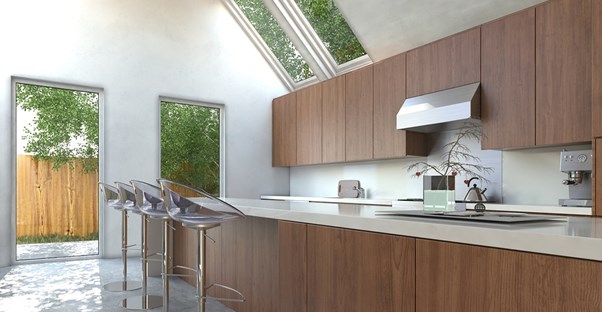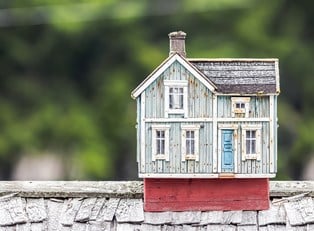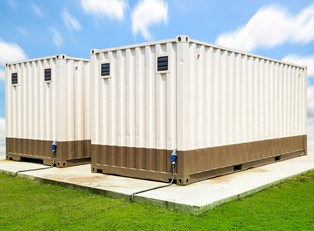Building your own home has many advantages over buying a home: you get to pick your ideal layout or home design, you can build anywhere you’d like, and building can help you get more house for your budget.
However, there can be drawbacks as well. Building a house can nickel-and-dime you over your budget, one permit or construction delay at a time. What seems affordable when it’s only a blueprint can bankrupt you when you’ve finished tweaking it to make it your dream home. Here are some tips to make sure you get the house you want for the price you can afford.
- Set the Budget
Okay, so this one is obvious, but you can’t work with a budget if you don’t have one. How much house can you afford? The rule of thumb is that you shouldn’t have a DTI (debt-to-income) percentage of more than 36%. For more specific guidance, look for a free online calculator to help.
Your budget will help guide all of your decisions, from location, to design, to building materials. For example, if you realistically can only afford to spend $50,000 on a house, you know to focus your search on tiny home designs or modular home designs. If you find instead that your budget will allow you to spend $250,000, though, your search may go very differently. - Find Your Dream Location
When you’re building, location can be tricky—you have to find a location that doesn’t have a house already. The best place to start your search is often toward the outer edges of your town, city, or another area that hasn’t already been developed. You can also look for lots that have older or condemned properties you can have torn out, but expect that to add to your cost. - Pick a Design
The cost of your new place is heavily affected by the home design you choose. The best bang for your buck is a straightforward, easy-to-build structure. Most contractors say that the cheapest floor plan is a two-story rectangular home with a roof with straight lines. Practicality doesn’t always factor in when you’re thinking of your dream home. A trendy, modern home may be your ideal, but is it the most affordable?
If you want a sharp slant to your roof or prefer a sprawling, ranch style home, consider only including one of your more expensive design features. For example, you could build a two-story home to get the visual height of a sharp roof without the sharp price tag.
If you’re open to living on a smaller scale, you can save money and building time by looking at a tiny house design or shipping container home design. Tiny homes are often only 300 square feet, but they focus on using every inch effectively. Shipping container homes use discarded storage containers as unconventional building blocks to make a low-cost home. Although the idea may sound kind of kooky, these houses can be really stylish and modern if you pick the right design. - Get Creative
If you have your heart set on a blueprint, but all of your estimates come back just a bit over your budget, look for ways to cut back in other areas. Not everything has to be brand new. Second-hand stores and salvage shops, like Habitat for Humanity’s ReStore often have fixtures and materials that would be perfect for your new home for a fraction of their retail price. For example, kitchen cabinets from a hardware store cost upwards of $100-$200 per cabinet, but from ReStore, you may find cabinets for $50 apiece.
Other ways to cut your budget: Look at a warehouse wholesaler for your flooring instead of a showroom or consider paint-grade trim and baseboards over stain grade. - Consider Future Buyers
Once you’ve picked your location, design, and materials, take a step back and ask, “Am I the only person this design will work for?” If the answer is “Yes,” then you need to re-visit your plans. For example, modular home designs don’t hold their value as well as traditional builds, even though they’re easier on your budget. No matter how much you love the location or the house, you can’t guarantee that you’ll be there forever. By building a home that you and a future buyer could love, you’re setting yourself up for a profitable sale if you ever need to relocate.




